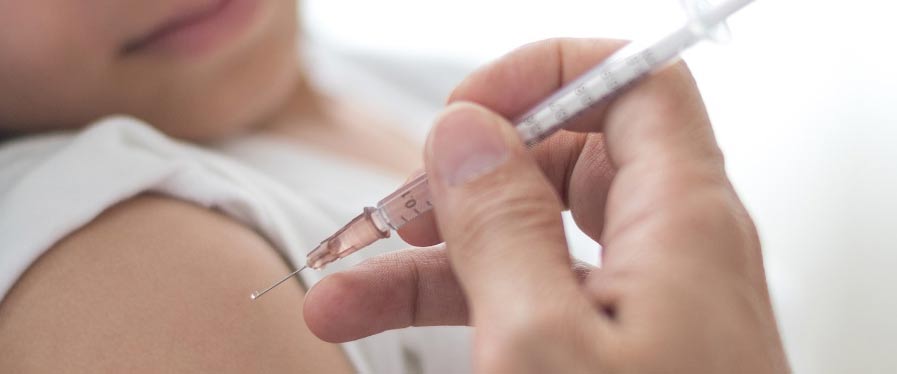Possible Reactions to Childhood Vaccination: Symptoms, Prevention, Treatment - Explained by Dr. Yeung Ho Hong(楊浩康)

Today, we will discuss in detail the various reactions that children may experience after vaccination, as well as how parents can appropriately respond to these situations.
Common Vaccination Reactions
Most of these reactions are normal and transient immune responses, demonstrating that the vaccine is progressively activating the child's immune system and laying a solid foundation for future disease resistance. Common reactions include irritability, mild redness or pain at the injection site, and a low-grade fever.
How to deal with redness, swelling and pain at the injection site
After vaccination, the injection site may exhibit mild pain and redness. Parents can alleviate local discomfort by gently applying a pre-chilled towel to the area. These localized symptoms typically do not last long, but if parents notice that the area of redness expands or the pain intensifies, they should contact medical personnel promptly.
Management of Fever and Points for Attention
For cases of mild fever, parents may administer an appropriate dose of antipyretic medication (such as acetaminophen) according to the instructions provided by healthcare professionals, to help ease the symptoms. At the same time, parents should closely monitor the child's temperature and overall well-being, ensuring that the child gets adequate rest and proper hydration. If the fever continues to rise or other symptoms worsen, medical attention should be sought immediately.
Severe Reactions to Watch For
While most post-vaccination reactions are mild, parents must remain vigilant for rare but severe reactions. For example, if a child develops a pale complexion, rapid pulse, difficulty breathing, a widespread rash, or shock after vaccination, these conditions constitute a medical emergency and require immediate treatment.
Common Misconceptions:
- Some parents mistakenly believe that any reaction following vaccination indicates a severe allergic reaction or that the vaccine is unsafe. In reality, mild redness, pain, and a low-grade fever are signs that the vaccine is normally triggering an immune response.
- Another common misconception is that a fever or localized discomfort suggests the vaccine is ineffective or harmful to the child's health; in fact, these transient reactions are evidence that the immune system is responding correctly to the vaccine.
- Some also erroneously assume that the occurrence of these reactions necessitates halting future vaccinations. However, as long as the reactions remain mild, there is no need for undue concern. Instead, parents should follow healthcare professionals' guidance by providing proper care and monitoring.
In summary, vaccinating children is an important means of enhancing immunity and preventing diseases. Although some children may experience irritability, mild local redness, and low-grade fever after vaccination, these are transient and common normal reactions that should not cause excessive worry. Additionally, keeping an updated record of the child's vaccinations is crucial for future health management. After vaccination, parents should continue to closely monitor their child's condition to ensure any abnormal signs are identified and addressed in a timely manner.
